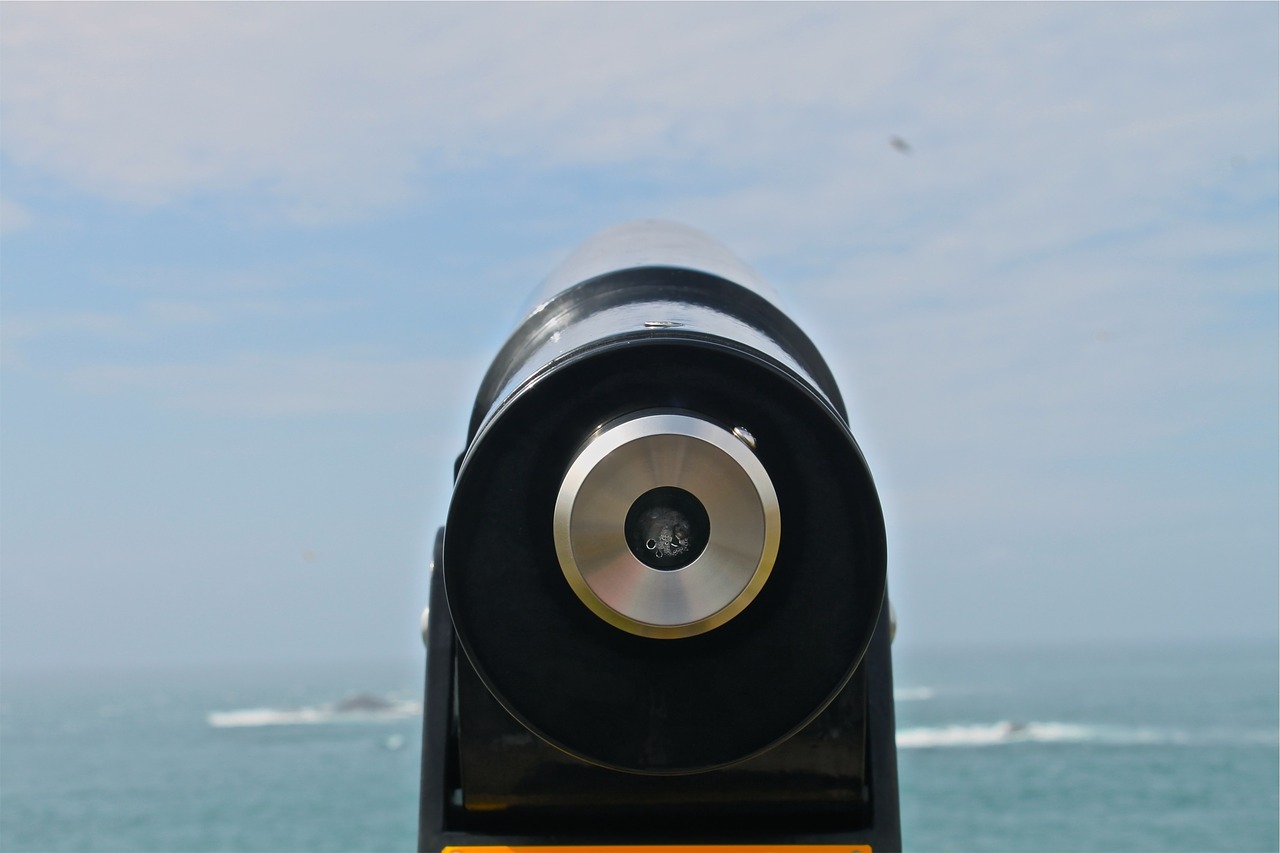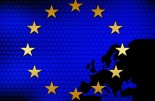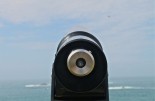DWS outlook: Europese high yield bijzonder aantrekkelijk

Vermogensbeheerder DWS heeft zijn outlook voor de komende twaalf maanden bekendgemaakt. CIO Stefan Kreuzkamp gaat ervan uit dat de Fed de rente twee keer verlaagt, de eerste keer al volgende maand. De ECB verlaagt de depositorente waarschijnlijk met nog eens 10 tot 20 basispunten, aldus DWS. Een nieuw opkoopprogramma voor obligaties verwacht Kreuzkamp niet, maar de aflopende obligaties zullen wel opnieuw worden geïnvesteerd.
Tegen deze achtergrond heeft Joern Wasmund, hoofd van DWS Fixed Income, een voorkeur voor hoogrentende obligaties. “Het lagerenteklimaat duwt beleggers richting hoogrentende effecten”, zegt Wasmund. Momenteel zijn hoogrentende bedrijfsobligaties die in euro worden uitgegeven aantrekkelijk. Het percentage wanbetalingen bedraagt minder dan één procent en dat percentage ligt dus aanzienlijk lager dan het historische gemiddelde van 4,5 procent. Tegelijk is het ratingprofiel binnen deze markt de afgelopen jaren aanzienlijk verbeterd. Op dit moment heeft ongeveer 70 procent de kredietbeoordeling ‘BB’ en minder dan tien procent ‘CCC’.
Voor een hoger rendement verwijst Wasmund naar obligaties in dollars. High yield obligaties van opkomende markten of op de Amerikaanse markt blijven aantrekkelijk. “In de opkomende markten geven we momenteel de voorkeur aan Turkije en Argentinië, omdat de politieke risico’s worden overschat”, stelt Wasmund.
Beleggers voor wie de bijhorende illiquiditeit draaglijk is, kunnen ook overwegen om in private equity te stappen. Bij middelgrote en kleine ondernemingen met een ebitda tussen de 10 miljoen en 15 miljoen euro is een rendement van zes procent haalbaar. “Hybride bedrijfsobligaties kunnen beleggers lokken die in investment-grade willen beleggen, omdat deze extra rendement bieden ten opzichte van langer lopende obligaties van dezelfde emittent”, zegt Wasmund.
Op de aandelenmarkten ziet DWS voornamelijk kansen in sterk gekapitaliseerde groeiaandelen uit de VS en aandelen uit de wereldwijde financiële sector, waar veel negatieve factoren al zijn ingeprijsd. In de technologiesector dienen de fabrikanten van halfgeleiders te worden vermeden als gevolg van het handelsconflict. Beleggers kunnen beter hun geld stoppen in de aandelen van softwareleveranciers.
Algemeen verwacht DWS de komende twaalf maanden geen wereldwijde recessie “De wereld zal niet economisch ten onder gaan. Hoewel de groei zal vertragen, zal er wel sprake zijn van groei”, verwacht beleggingsstrateeg Kreuzkamp. Concreet voorspelt hij 12.300 punten voor de DAX, en 3.000 punten voor de S&P 500 over 12 maanden. Voor de dollar gaat hij uit van een wisselkoers van 1,15 tegenover de euro.
Hieronder vindt u de uitgebreidere versie van de Capital Market Outlook.
DWS Capital Market Outlook: The world will not fall apart, but growth will slow down
- DWS expects worldwide growth of 3.4 percent in the next twelve months
- Federal Reserve expected to cut interest rates twice
- DWS sees Dax in 12 months at 12,300 points, S&P 500 at 3,000 points
- Tensions between USA and Iran may lead to global recession
DWS does not expect a global recession in the coming twelve months. "The world will not fall apart. Although growth will slow down, there will be further growth," said Chief Investment Officer Stefan Kreuzkamp at the asset manager's capital market outlook in Frankfurt. Nevertheless, there are numerous market risks and political risks that could put an end to the record upswing. Against this backdrop, he forecasts 12,300 points for the Dax, for the S&P 500 of 3,000 points in 12 months’ time. For the dollar, he forecasts an exchange rate of 1.15 to the euro.
Market risks included the very high valuation level of certain corporate bonds, signs of fatigue in private consumption in the USA and the threat to the independence of central banks. The chief investment strategist cited the possible escalation of the conflicts between the USA on the one hand and Iran and North Korea on the other as political imponderables. The Italian budget deficit could also possibly be on the agenda again after the summer break. And finally, the trade conflicts continue to persist. The world is still waiting for an agreement between the USA and China. Mexico already gave in, after becoming the first country to be threatened with punitive tariffs in order to improve border security.
Kreuzkamp attributed the greatest geopolitical danger potential to the tensions between the USA and Iran. "History has shown that such conflicts are generally short-lived, which is why we do not expect a major military conflict," he said. If, however, the conflict escalates to the third Gulf War and thus drives oil prices massively upwards, the result would very probably be a global recession.
Conflicts between the US and China continue
In view of the trade disputes, the chief investment strategist highlighted the threat of punitive tariffs against Mexico as particularly dangerous. "US automobile manufacturers such as General Motors and Ford produce in Mexico. Until a vehicle is completed, however, parts change borders several times in both directions. Penal tariffs could therefore lead to manufacturers having to stop production in Mexico and force them to write-down the value of their plants there. This could have a very negative impact on the US economy, even leading to a recession," explained Kreuzkamp.
In his opinion, the dispute between the USA and China could soon smooth the waves somewhat. "Presidents Donald Trump and Xi Jinping will meet at the G20 meeting in Osaka this weekend. We don't expect the two to hug each other and bury the conflict forever, but the talks should still provide some relief," he said. The fact that the conflict cannot be resolved so quickly is mainly due to the race for global technology leadership. "Of the 20 most important IT companies in the world, eleven come from the USA and nine from China. And this race for technological dominance will continue," said Kreuzkamp.
Federal Reserve with two preventive rate cuts
If these market risks and political risks do not worsen, the global economy look set to grow by 3.4 percent over the next twelve months. China should be able to avoid a hard landing but will increase its economic output by 6.0 percent thanks to fiscal and monetary stimuli. For the USA, the chief investment strategist predicted GDP growth of 2.5 percent. The euro zone, on the other hand, will only grow by 1.2 percent, as the core countries in particular will be burdened by the trade conflicts.
With a view to monetary policy, Kreuzkamp predicted two pre-emptive rate cuts by the Federal Reserve, the first of which would probably already take place at the next meeting in July. The European Central Bank will probably lower the deposit rate by a further 10 to 20 basis points after the introduction of a scale for commercial banks. A new edition of the purchase program for bonds is not expected, but maturities will continue to be reinvested.
Euro high-yield bonds attractive
Against this background, Joern Wasmund, Head of DWS’s Fixed Income, recommended investments in higher-yielding debt securities. "The low interest rate environment continues to push investors into high yield securities," he said. Particularly attractive are high-yield corporate bonds currently issued in euros. The default rate is below one percent and is thus significantly lower than the historical average of 4.5 percent. At the same time, the rating profile within this market has improved significantly in recent years. At present, around 70 percent of the instruments are rated "BB", less than ten percent "CCC".
Anyone seeking a higher return must go into the dollar, where hard currency government bonds from emerging markets or US high-yield securities remain attractive. "Among the emerging markets, we currently prefer Turkey and Argentina, where we believe political risks are overestimated," Wasmund said. Investors for whom the resulting illiquidity is bearable could also consider private debt instruments. For smaller and medium-sized companies with an EBITDA in the range of EUR 10 million to EUR 15 million, a return of six percent is possible. "Hybrid corporate bonds could be attractive for investors wishing to remain in the investment-grade range, as they offer a pick-up over senior debt from the same issuer," he said.
Downward risks for equities due to trade conflict
Andre Köttner, Co-Head of DWS's global equities business, referred in his outlook to the valuation level of US equities, which currently stands at 17.7 in terms of price/earnings ratios, while the historical average is 16.0. "In view of the continued low interest rates and the resulting lack of investment alternatives, however, this is still in order. However, in view of the rally since the beginning of the year, we see certain downside risks," he said.
What is more, corporate earnings are now being weighed down by the trade conflict between the US and China. "The Chinese technology group Huawei has been blacklisted by the US, effectively blocking U.S. companies from doing business with it. However, Huawei processes seven percent of the worldwide supply of semiconductors, which is now reflected in the lowered forecasts of several US semiconductor manufacturers," says Köttner. He quantified the negative consequences of the trade measures taken so far for the profits of companies making up the S&P 500 at three percentage points, implying growth in average earnings per share of just 2 percent in the third quarter and only four percent in the fourth quarter. "Unless trade tensions recede at least somewhat in the near future, the strong earnings recovery expected so far for the second half of the year appears less likely," he said.
He sees opportunities above all in highly capitalized growth stocks from the U.S. and equities from the global financial sector, where many negative factors have already been priced in. In the technology sector, investors should avoid the securities of semiconductor manufacturers against the backdrop of the distortions caused by the trade conflict and prefer software providers instead.
Gold and Yen as Diversifiers for Multi-Asset Portfolios
Christian Hille, Head of Multi Asset at DWS, advised investors to be more cautious again. "After almost all asset classes recorded price gains in the first four months of the year, the easy game of April to June was over and diversification was the key to success," he said. Against this backdrop, investors should take an offensive and defensive stance at the same time. As a diversifier for the defensive side, he recommended gold, which correlates closely with US real interest rates. In addition, investors should consider using the yen, which often coincides with the equity market volatility that will increase.
On the offensive side, emerging market equities are attractive. "If one puts the price-earnings ratio in relation to earnings growth, the emerging markets are about 40 percent cheaper than the MSCI World Index," said Hille. On the bond side, the emerging markets are also the most interesting for multi-asset investors. "A comparison of the risk premia on emerging market hard-currency government bonds and US high-yield bonds shows that while the spread on US high-yield bonds is somewhat higher, the valuation of emerging market debt is lower and more than 50 percent of the index universe consists of investment-grade issuers," he said.






